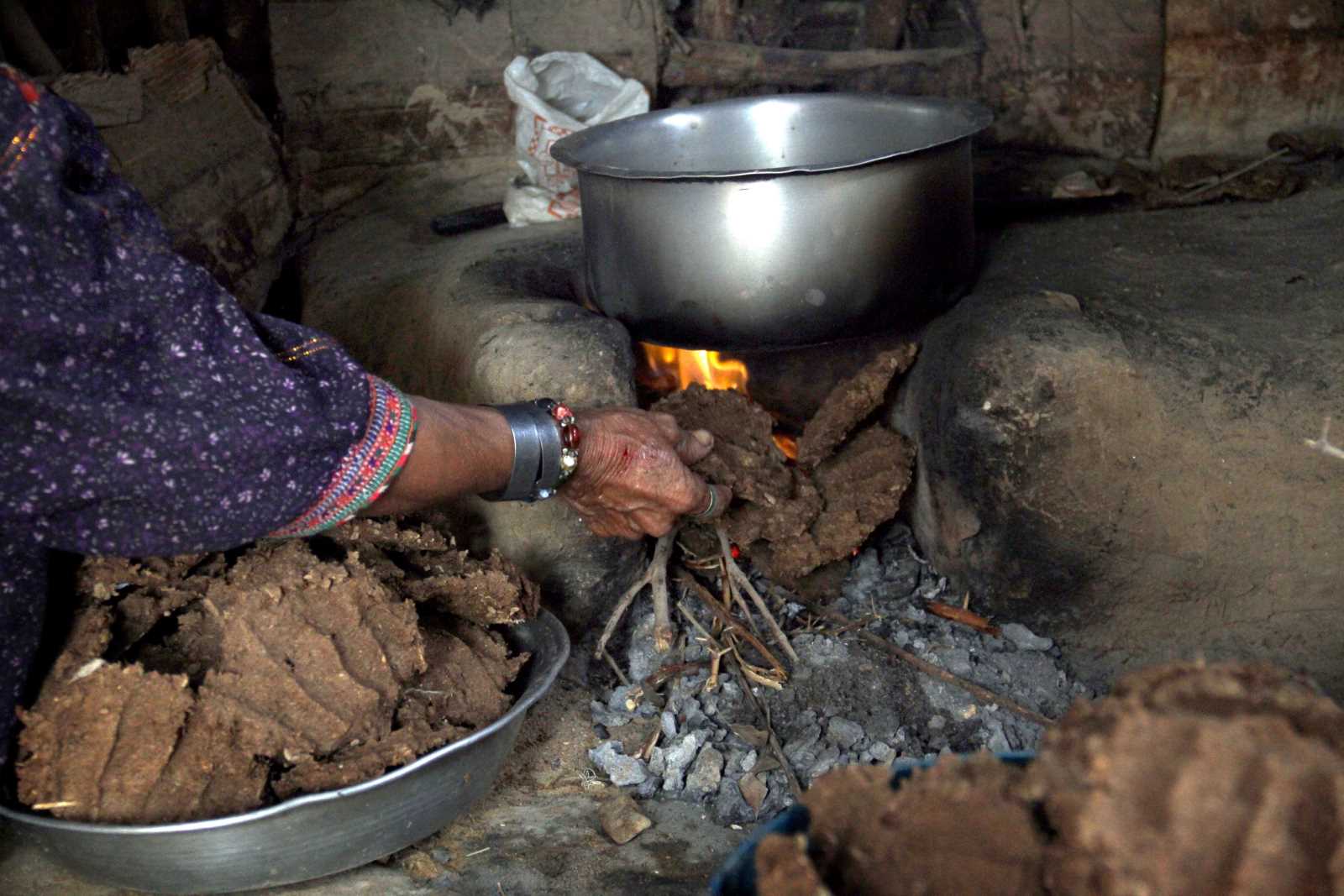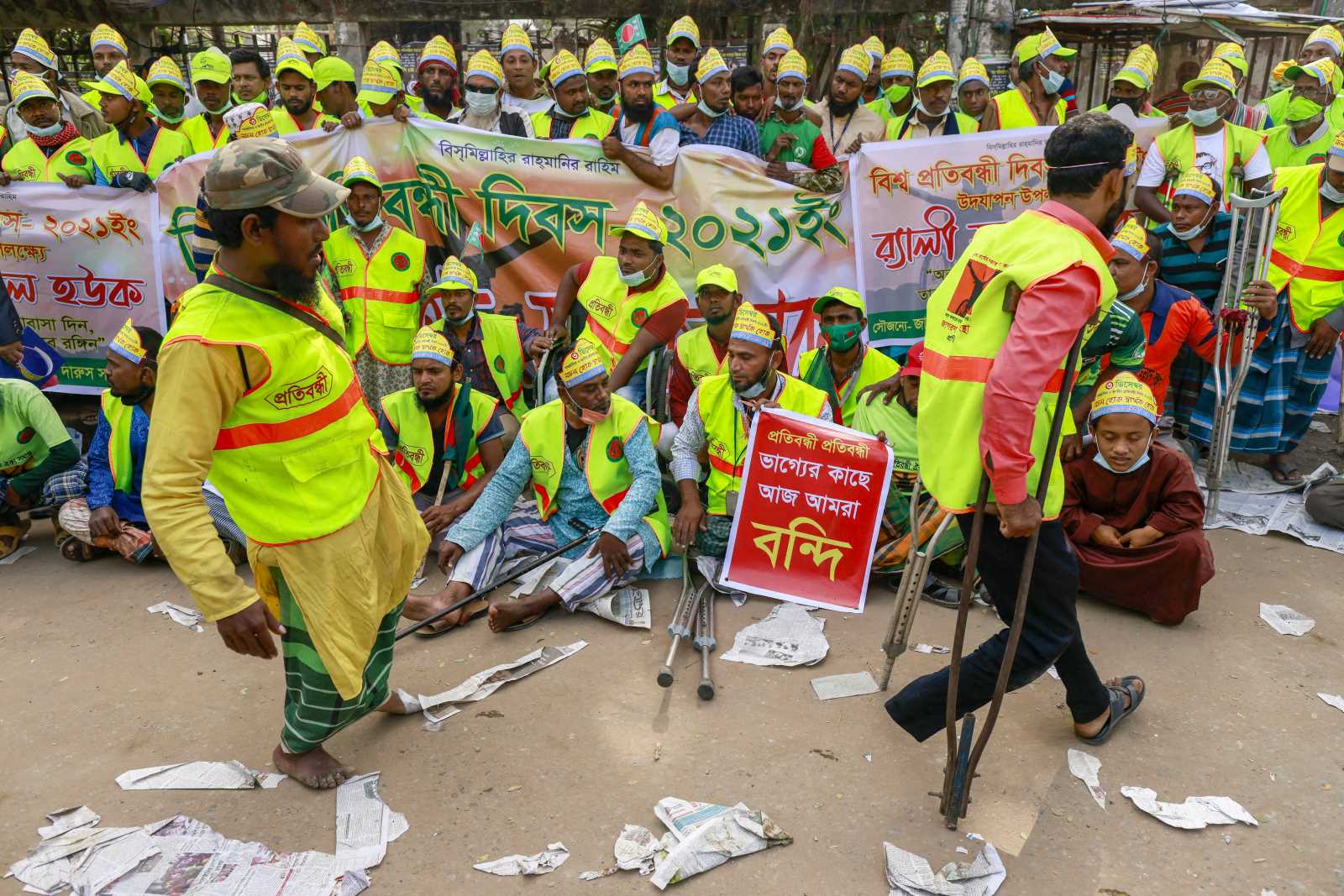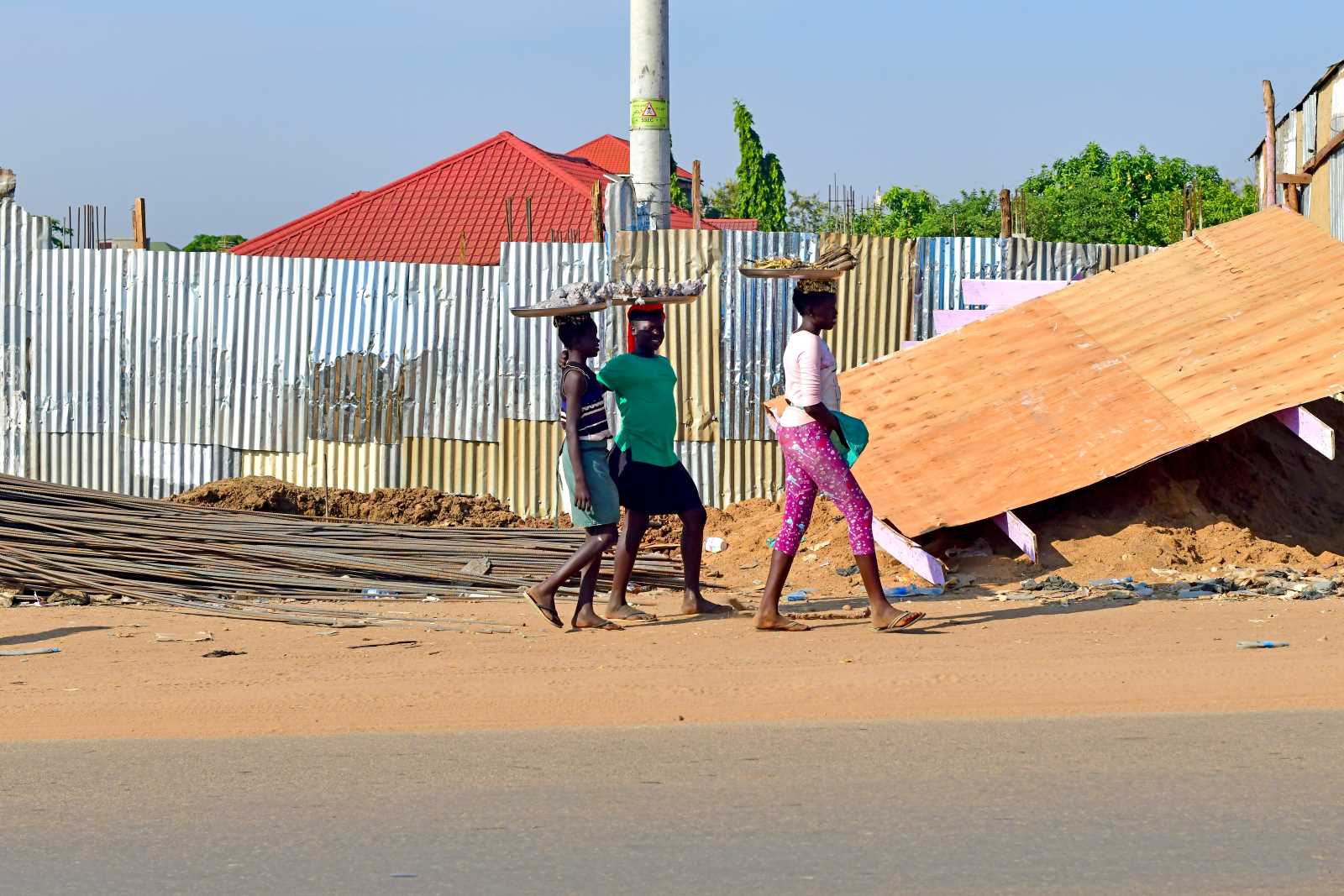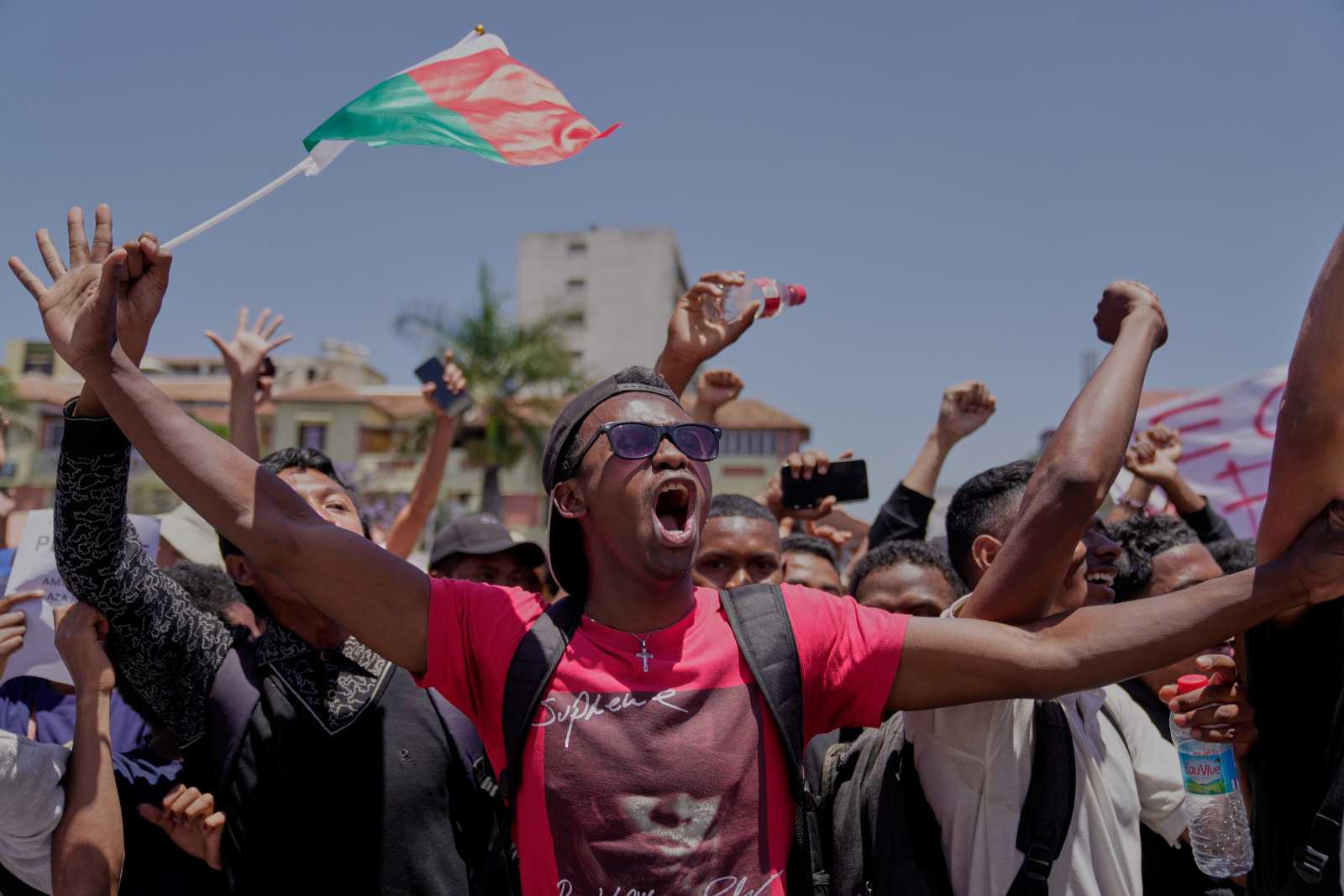Labour rights
Minimum wage attracts girls to factories
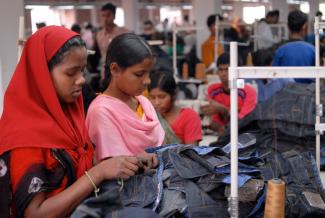
The collapse of Rana Plaza on 24th April 2013 exposed the unsafe conditions in which millions of workers are employed in Bangladesh’s ready-made garments (RMG) sector. For years, workplaces lacked minimum safety, and pay remained meagre and irregular. Improvements are only slight. A significant reform was introduced earlier, however: the minimum wage has risen from the equivalent of $ 39 to $ 68 a month.
The new minimum wage is expected to draw more women into work in a country where female labour-force participation is still very low. Higher wages mean more income for women from poor families and greater financial resources to spend on children’s education and health. However, the recent change in minimum wage can also pull young girls from poor families out of school and push them into employment as child seamstresses.
For decades, Bangladesh’s main comparative advantage was its labour cost: wages used to be the lowest in the world. Workers’ demand for a minimum pay of $ 100 a month was ignored, and nominal wages were left unadjusted in the face of rising inflation. The priority was fostering the country’s main export industry. In 2010, the government reluctantly raised the minimum wage to $ 39 a month from about $ 20 – but only after costly labour unrest and violent public protests.
Both the government and factory owners turned down further demands for wage increases in order to maintain the country’s competitiveness in the global apparel market. Many leading factories even ignored the revised minimum wage rate paying workers less than $ 39 a month. In response to the Rana Plaza disaster, the minimum wage was increased once more in November 2013. The new rate was 77 % above the previous one, but still well below what workers had been seeking.
Girls at risk
Quantifying the full social impact of the rise in wages is not possible at this time given that the reform took place just two years ago. Many RMG factories are yet to implement the new wage scheme.
For many workers, the new wage is good news. But it will have a downside. The reason is that for employers increasing the share of girl child workers is a practical cost-saving strategy. They are likely to hire girls of the ages 10 to 17. To assess the impact on them, one should consider their work and schooling status.
The Bangladesh Garment Manufacturers and Exporters Association (BGMEA) represents the export-oriented woven and sweater garment manufacturers. It maintains that its member factories do not have child workers. Bangladesh’s National Child Labour Elimination Policy 2010 prohibits the employment of children under 14. Those aged between 14 and 18 may only work five hours per day. But the rule of law is very weak. Government officials rarely inspect factories. In practice, the child labour law is widely ignored. A poor birth registration system leaves children unaccounted for and thus adds to the problem.
Due to the absence of independent surveys on factory workers, there is no reliable information about employment of minors and adolescent girls. Access to factories is restricted, and most employees don’t disclose their actual age at the workplace. Therefore we took a different approach to assess the prevalence of underage workers.
For the nationwide Women’s Life Choices and Attitudes Survey (WiLCAS) 2014, we interviewed thousands of adult women and girls in Bangladesh’s three largest industrial districts: Dhaka/Ashulia, Gazipur and Narayanganj. The majority of the country’s female garments workers are concentrated there. Twenty-nine locations with the highest concentration of RMG factories were surveyed. For the purpose of comparison, we also carried out interviews in 58 other urban areas where there are no RMG factories.
A household census in the survey areas identified 3,367 women and girls who reported being employed in the garments sector. One hundred of them were between 10 and 13 years old, and 381 were aged between 14 and 17. They accounted for three percent and 11 %, respectively, of the work force. Of the 861 girls aged under 18 who reported being in work in urban areas, 28 % were employed by RMG factories.
Girls are more likely to be enrolled in school (84 %) than boys (79 %) in non-RMG urban areas – a pattern that prevails in most parts of Bangladesh today, but the opposite is true in RMG areas. In RMG areas of the Dhaka agglomeration, girls in the age-groups 10 to 17 are less likely (61 %) than boys (66 %) to go to school. In general, many more girls in RMG areas (24 %) are employed compared with those who live in urban areas that do not belong to the industrial belt (3 %).
The numbers show that – contrary to many international media reports – Bangladeshi ready-made garments factories are still using child labour to a large extent and in a systematic way. The increase in minimum wage will surely raise the demand for child workers. Bangladesh’s RMG industry is expected to increase four-fold in size over the next 20 years. This growth will attract millions of females including underage girls.
Problem of the poor
In regard to long-term development, the numbers are worrying. Children should be in school rather than working long hours. Poor families are hit hardest: Most minors and adolescent girls are pushed into gainful employment because of household poverty. Relatively better-off families in the RMG belt rarely send their daughters to work in factories.
The growing demand for female labour means that a new form of gender inequality is emerging in the country’s industrial areas. Boys are kept in school whilst girls are sent to work. If the current trend continues, higher industrial wages will only widen the gender education gap in Ashulia, Narayanganj and Gazipur, leaving girls trapped in low wages and low schooling.
However, large-scale employment of underage girls is not necessarily abusive and socially harmful. Although recent initiatives such as the abolition of school fees and provision of cash stipends have lowered the cost of schooling for girls, many of them would drop out of secondary school even without the opportunity of engaging in paid work. And the majority would be forced to marry early. In fact, gainful employment provides greater protection against early marriage than school education.
Thus, Bangladesh faces a difficult policy dilemma. On the one hand, the rise in minimum wage makes adolescent girls vulnerable to factory employment at a very early age, depriving them of education and eventually of access to better-paid jobs outside RMG factories. On the other hand, strict enforcement of the child labour law can push many girls into early marriage, an equally undesirable outcome. The country’s struggle exemplary shows that developing countries can’t fully exploit the benefits of low-wage industrialisation without parallel improvements in social development, rural poverty reduction and children’s rights.
Niaz Asadullah is Professor of Development Economics and Deputy Director of the Centre for Poverty and Development Studies (CPDS) at the University of Malaya.
nasadullah@gmail.com
Zaki Wahhaj is Senior Lecturer in Economics at the University of Kent.
Link:
Women’s Life Choices and Attitudes Survey (WiLCAS) 2014:
http://www.integgra.org/index.php/research-design
